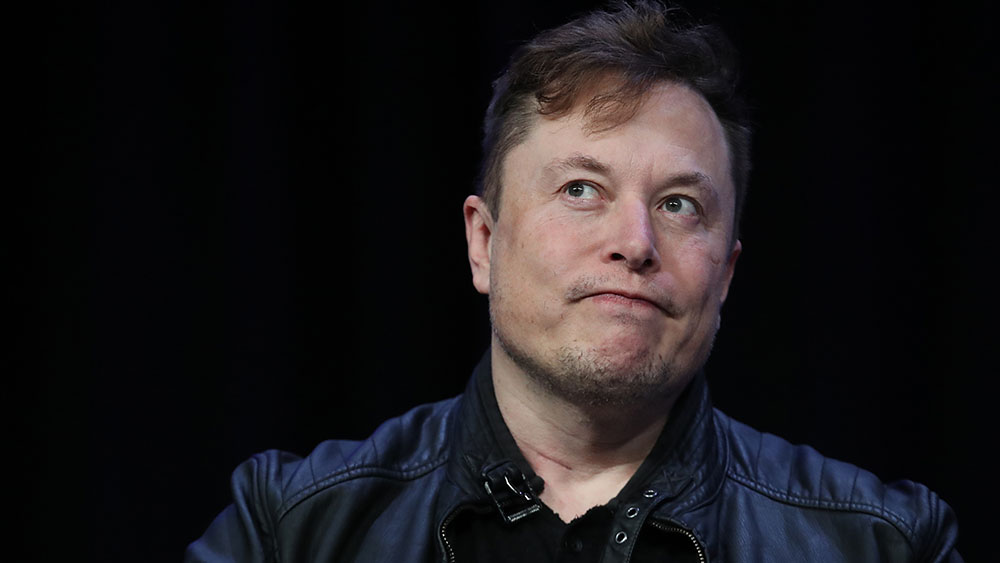
The International Space Station (ISS) is now hosting its first ever robot with an artificial intelligence system, an article on Space.com stated. The compact European-built robot is intended to serve as an assistant to a German astronaut aboard the station.
The "Crew Interactive Mobile Companion" (CIMON) arrived aboard the ISS in June 2018. It was part of the cargo delivered by the unmanned SpaceX Dragon spacecraft.
Its creators claim that CIMON is the first ever AI-equipped machine to reach space. While the robot is no C-3PO or R2-D2, NASA is hoping that more of its kind will eventually follow humankind into space.
ISS program manager Kirk Shireman remarked that a companion robot with AI will make it easier to access pertinent information regarding a task. He added that humans will supposedly need AI as assistants if they want to travel and even live further away from Earth. (Related: This 3D-printing robot can build an entire home in 6 months for just $300,000.)
CIMON will be helping astronauts perform experiments on the ISS
CIMON was created by aerospace company Airbus for the German space agency DLR. The robot is powered by IBM's Watson artificial intelligence, which is smart enough to beat chess grand masters at their own game.
The spherical robot has small air jets that allow it to fly around low-gravity environments like the interior of the ISS. Its display screen features a simple, cartoonish face of its own. It is expected to hold a conversation with anyone it comes across; its facial-recognition software can also identify its conversational partner.
CIMON is programmed to assist Alexander Gerst, a European Space Agency astronaut who boarded the ISS earlier in June 2018. The human-robot duo will be working together on three different experiments.
Airbus representatives said that the robot will help Gerst experiment with crystals, solve a Rubik's cube, and perform a complicated medical experiment. During the last experiment, CIMON will act as a "smart" flying camera. The entire test is expected to take up around three hours.
"Alexander Gerst could say something like, 'CIMON, could you please help me perform a certain experiment?'" explained Philipp Schulien, an Airbus system engineer who worked on CIMON before the robot was sent into space. "'Could you please help me with the procedure?' And then CIMON will fly towards Alexander Gerst, and they will already start the communication."
Schulien went on to relate how CIMON will provide the correct photos, videos, and other important data that Gerst requests of it throughout the test. The robot is also smart enough to help with questions that are not part of the ongoing procedure.
Smart robots will one day back up human astronauts on the moon or Mars
CIMON and Gerst's joint experiment will provide a glimpse into the potential dynamics between human astronauts and their potential mechanical partners in space. This includes finding out the limitations of AI.
Even the smartest AI is not yet capable of fixing complex spacecraft equipment that have broken down or started to malfunction. Nor would a robot be able to tend ill or injured humans.
Christian Karrasch, the head of the CIMON project at DLR, believes this will change in the near future.
"For us, this is a piece of the future of human spaceflight," Karrasch explained. "If you go out to the moon or to Mars, you cannot take all mankind and engineers with you. So, the astronauts, they will be on their own. But with an artificial intelligence, you have instantly all the knowledge of mankind."
For more articles about the places that robots are infiltrating, visit Robotics.news.
Sources include:
Please contact us for more information.




















